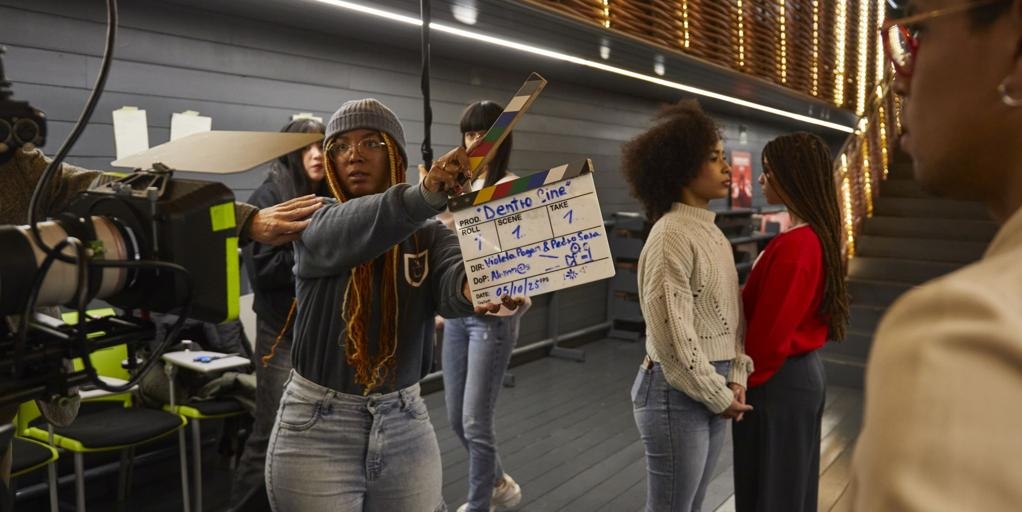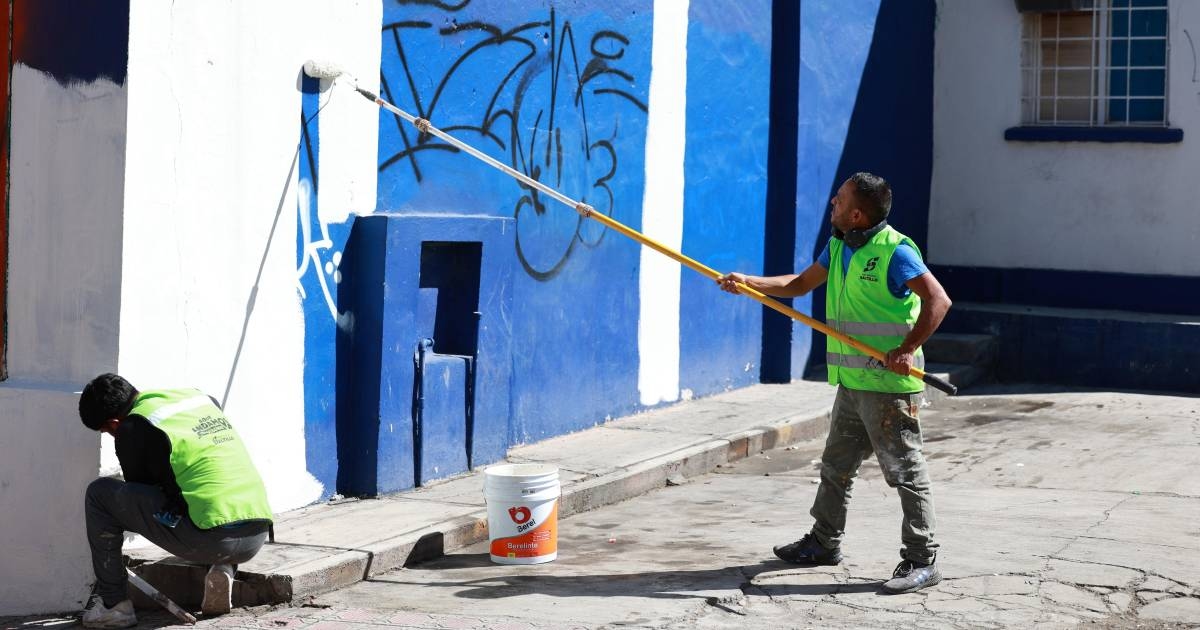“He forced me to send him nude photos”

Hello how are you?
This week in Community we tell the story of Ornella , a young woman who was a victim of grooming from the age of 10. It all started as many of these cases do: contact through a social network, a seemingly harmless message, someone who presents themselves as a peer and begins a friendship.
But behind that supposed child who called himself "Lale" was an adult who gradually gained her trust, isolating her, manipulating her, and forcing her to produce sexual material for years. This abuse continued for six years.
Ornella sums it up like this: “They violated my mind through the computer.” Her testimony, raw, brave, and necessary, brings to the forefront something that specialists have been warning about for some time: far from decreasing, cases of sexual abuse in digital environments are on the rise.
“I know how much material he has on me, and it’s a lot, especially from when I was 10 to 12 years old. What hurts me the most is that no matter how many years pass, I’m going to continue being a victim of pedophilia: because my photos are going to keep circulating on the internet,” the young woman adds, her frustration catching in her throat.
The impact on her mental health was devastating: an eating disorder, self-harm, and suicidal thoughts. “Today I’m broken, but I’m healed. I’m in the process of healing,” she summarizes.
The figures reveal the vulnerability of girls and boys: 49% said they talked to strangers on social networks and online games ; seven out of 10 received "dating" proposals from a stranger, and 25% were asked for "nude or semi-nude images" online.
The data comes from A survey conducted last year among 17,000 children and adolescents by Grooming Latam, a regional network made up of 30 organizations that fight against this crime.
In the article where we covered Ornella's case, we extended an invitation to our community: to submit questions to Hernán Navarro, lawyer and founder of Grooming Argentina , about how to prevent grooming, how to talk about the issue at home, how to read the signs, and, above all, how to support children and adolescents when they are going through a situation that they are afraid or ashamed to talk about.
We received several inquiries, specific questions that many families are facing today, and next week we will publish an interview with all their answers.
At the same time, more and more parents and teachers are writing to us with the same concern: how do we support children in an environment that is changing so rapidly, and where risks often appear even before we can anticipate them?
The good news is that there are tools available: to prevent this, talking about it is key. That's why I want to share a practical guide with you where you'll find suggestions on when to talk, how to intervene, how to agree on rules about device use, what to do if you suspect something is wrong, and what steps to take next.
Orne's story is an urgent wake-up call to re-evaluate our adult presence in digital environments. It's not about creating fear, but about building trust. It's about ensuring that children know that if something makes them uncomfortable, if they feel pressured, if an adult or a supposed peer contacts them in a strange way, they can talk about it without guilt or shame. We will be there to support them.
Until next time,
Maria

lanacion





